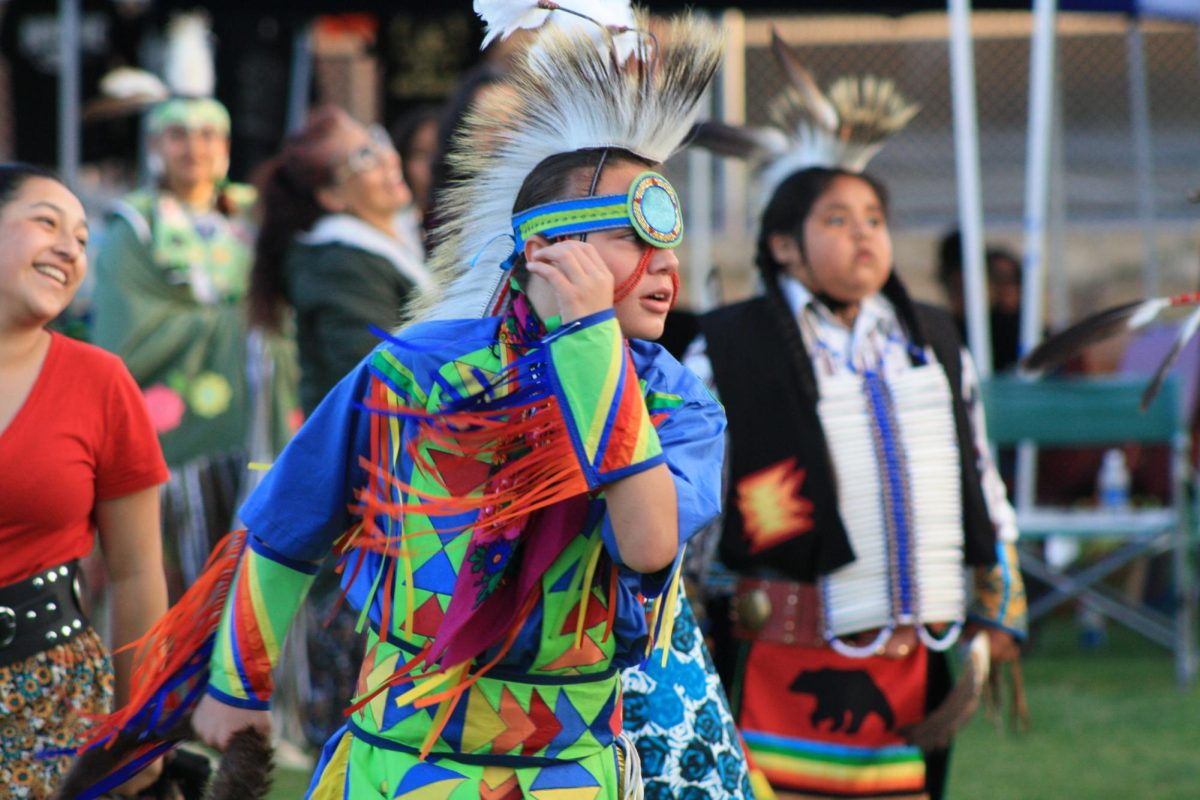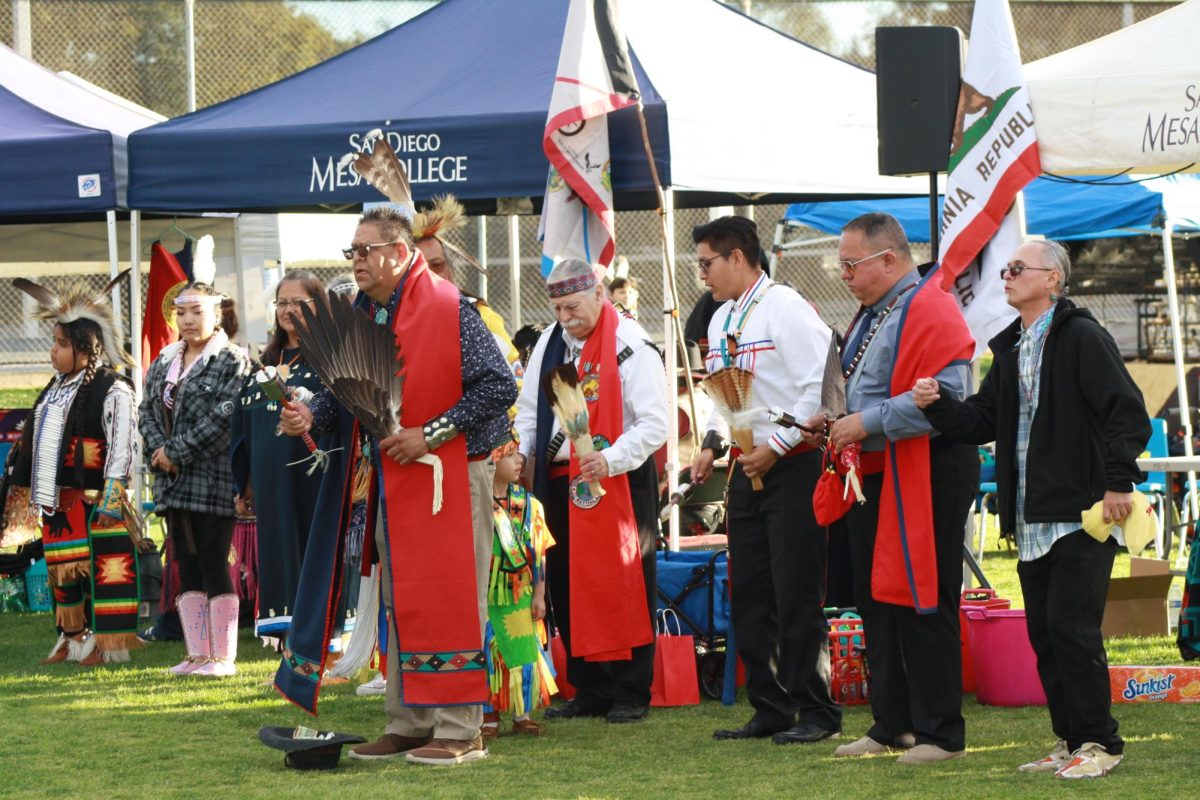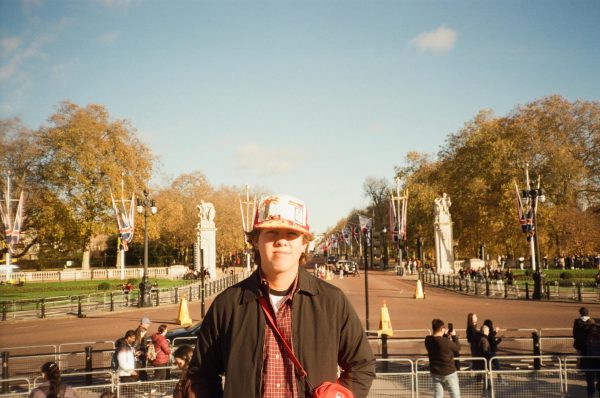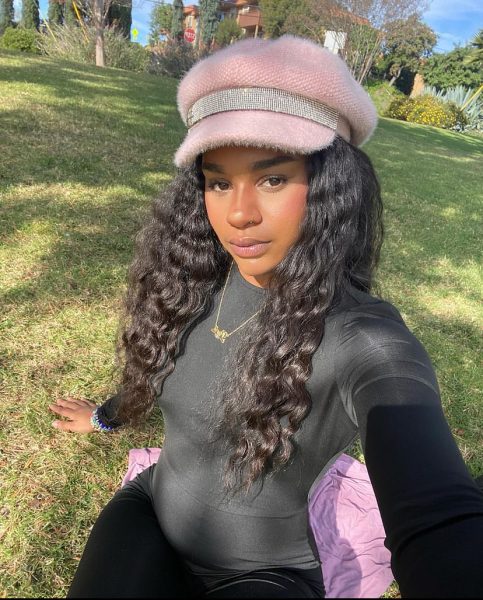San Diego Mesa College partnered with the San Diego Unified School District (SDUSD)’s Indian Education Program to commemorate its 60th anniversary by hosting a powwow that embraced Native American culture on March 16.
Students and families from all of SDUSD’s campuses were invited to join the powwow. The event was filled with traditions such as bird singing and traditional dancing, and also featured a wide variety of vendors selling clothes, art, and food. They had an array of dreamcatchers and beaded jewelry, And allowed students to try traditional foods like fry bread.
Dr. Ashanti Hands, President of Mesa College, emphasized the significance of embracing and disseminating cultural heritage within our community: “It fills my heart to walk into this space, to see so many vendors, to see dancers, to see members of the various tribes here on campus. It really makes me so excited. It really fits into this theme of unity and community.”
The bird singing served as the inaugural spectacle of the powwow, igniting the festivities with its vibrant energy. Within indigenous communities, the tradition of mimicking bird songs holds deep cultural significance, intertwined with rituals and traditions passed down through generations. As the singers took to the center stage, adorned in resplendent attire that mirrored the hues of nature, their synchronized movements became a mesmerizing, harmonious dance. With each step, they honored the ancestral melodies, their voices intertwining in a symphony that echoed through the gathering.
Traditional Native American dancing was a huge part of the powwow, including forms such as gourd dancing, intertribal dancing, and the potato dance.
Gourd dancing occurred multiple times throughout the day as participants gathered in the dance circle to partake in the native tradition. Gourd dancing is a traditional dance where the members of the tribe hold either real gourds or steel cans that are decorated with beads and feathers. During the ritual, the dancers slowly moved around in a circle while shaking their decorated gourds to the beat of the drums.
Intertribal dancing was a part of the powwow that gave everyone an opportunity to join and celebrate indigenous culture. All participants were invited to the dance circle to move to the beat of the drums. Those who opted to participate got to enjoy sharing generations of Native American culture through dance.
The potato dance is a powwow tradition that took place towards the end of the night. The tradition consisted of pairs of participants that held an orange (normally, potatoes would be used, hence the name) between their foreheads while dancing. The pair who held the orange between their foreheads the longest won a grand prize of $130. This traditional dance is also a countrywide competition among several powwows where dancers can enter to win a variety of prizes.
Other than the multitude of shows and performances available, numerous students and vendors also opted to participate in the festivities at the powwow. Attendees had the opportunity to indulge in traditional tribal foods, as well as explore a variety of clothing and jewelry options offered during the event.
The powwow was the first hosted by San Diego Mesa College in over three decades, and was a great way to commemorate the school’s 60th anniversary. Through this event, students and faculty alike were able to embrace, celebrate, and share the rich Native American culture and traditions passed down for generations.
To learn more about the powwow, click here for a short video that describes what the event meant to several attendees.




